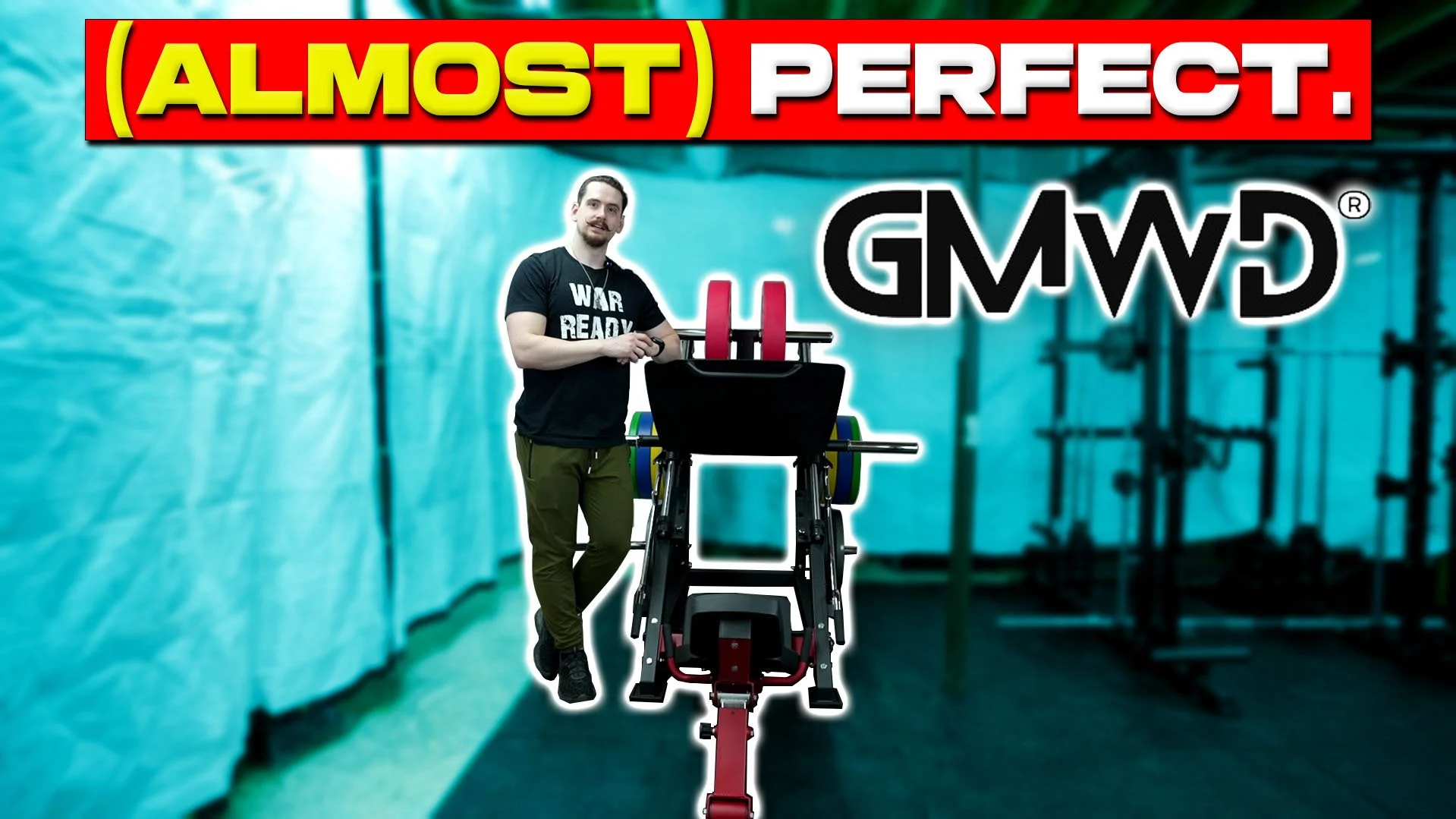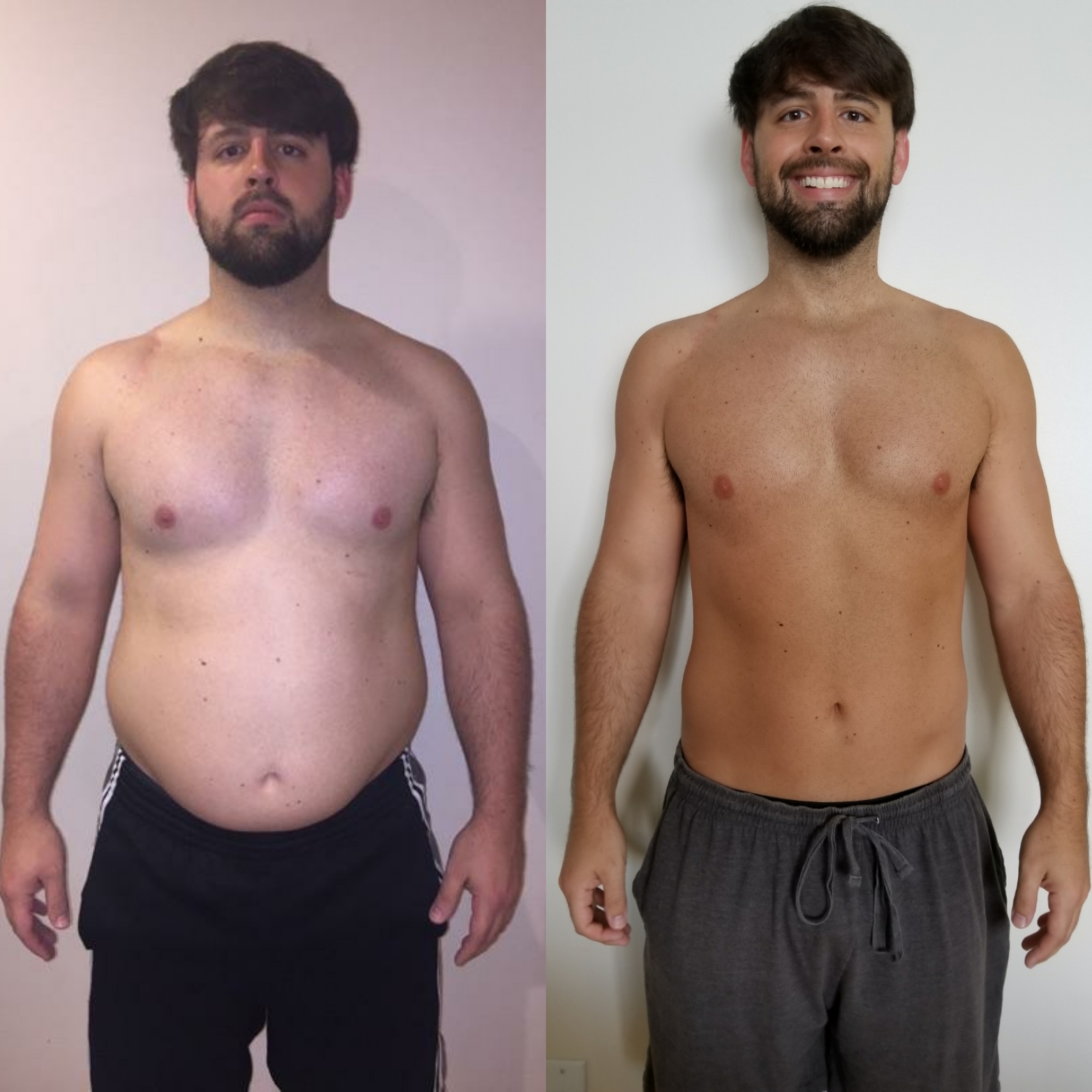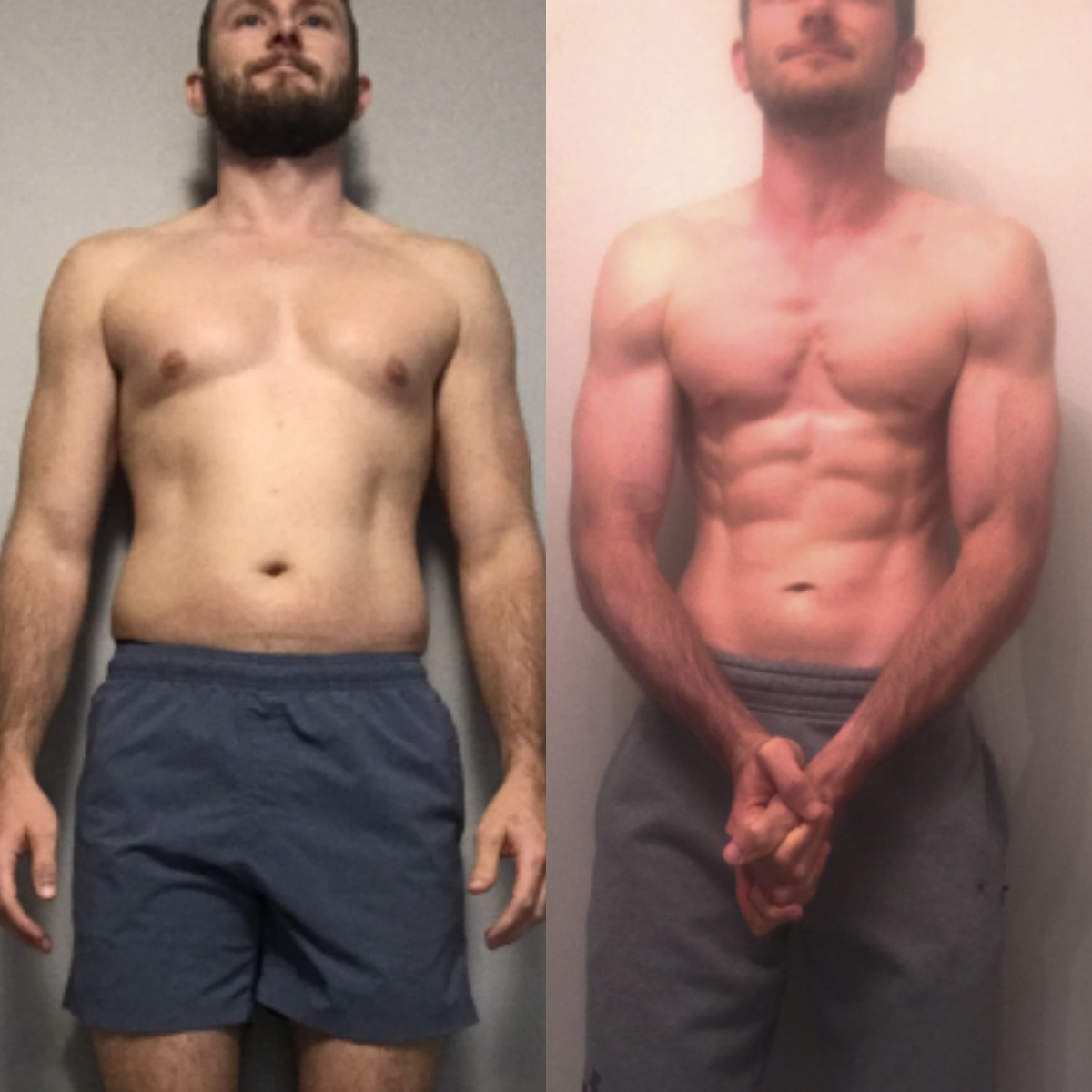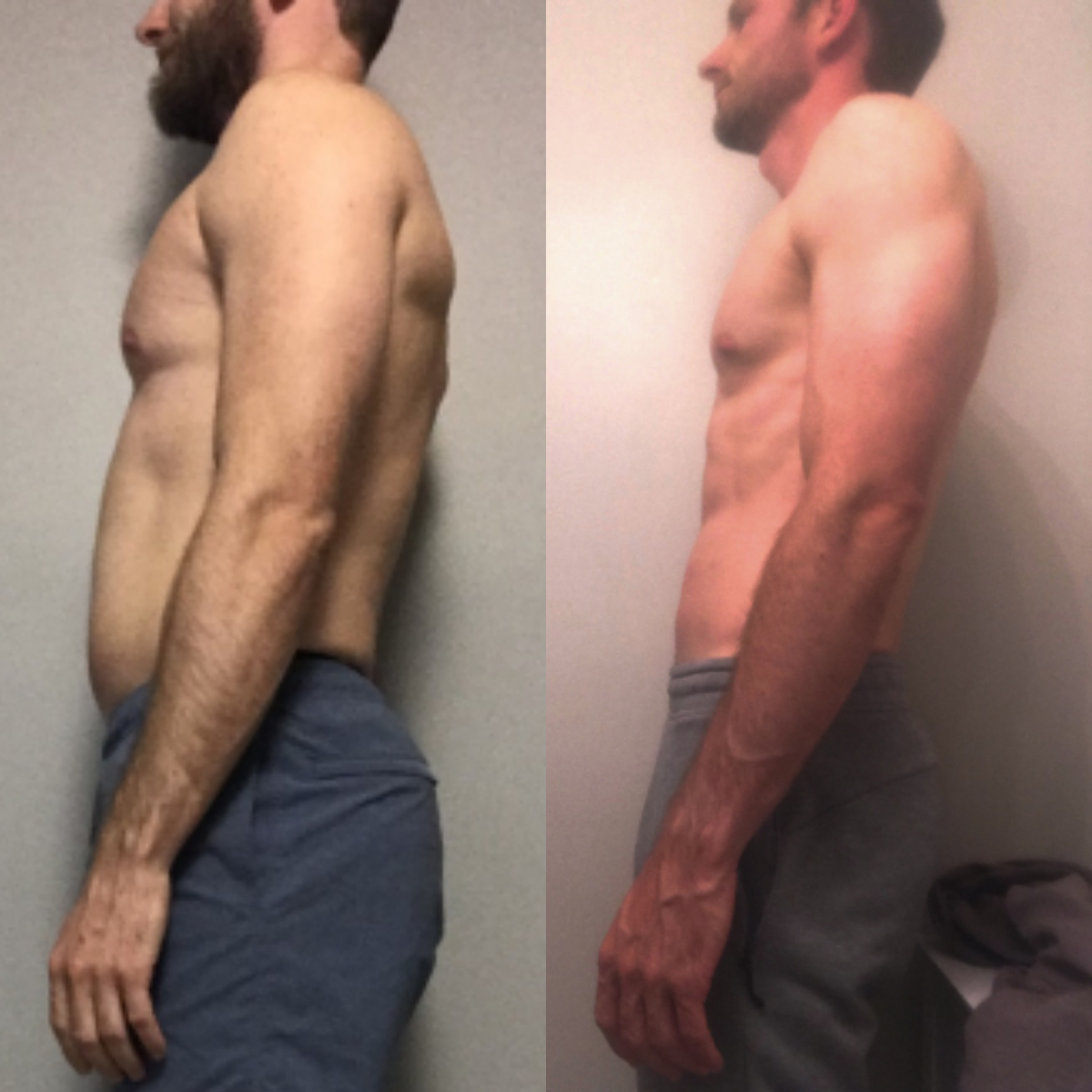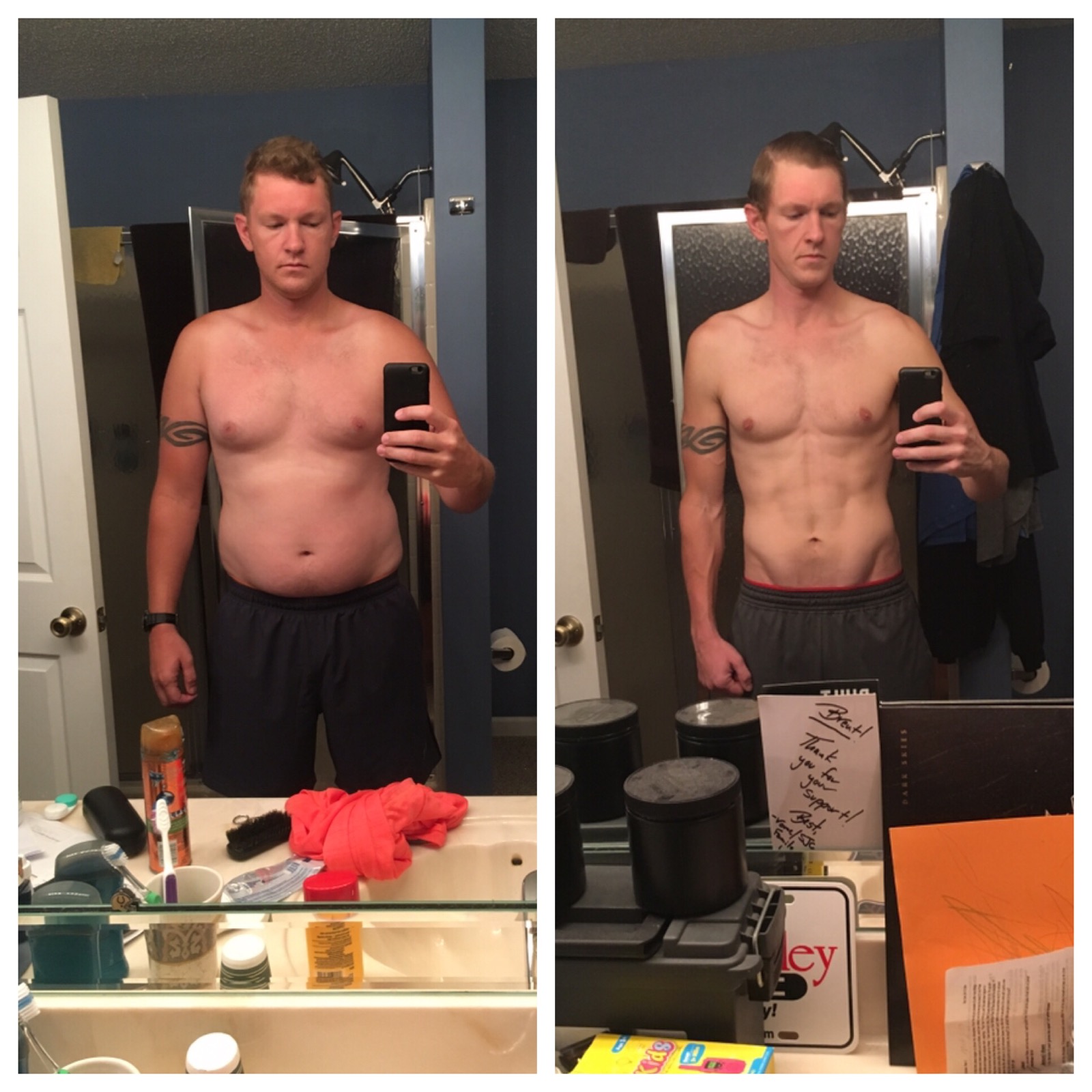Word Count: 1,146
Average Read Time: 4 minutes 10 seconds
You step on the scale and it hasn’t moved. You step on the scale the next day and it still hasn’t moved. A week later, it still hasn’t moved. Two weeks later and it still hasn’t moved. Have you ever been there before? This is a nightmare scenario and it’s almost impossible to remain calm.
Today I’ll be sharing another story about my client, Leah. We’ll be talking about her month long weight loss stall and I’ll give you a step-by-step guide on how to fix your own weight loss stall.
(NOTE: Before we begin, I want to specify, the following steps are based on the assumption that you’ve been consistently hitting a Calorie target and lifting weights. If you haven’t been, check out my free diet ebook and free workout ebook.)
Step 1: Remain calm.
How long has it been since the scale stopped moving? A day? A week? A month? If your weight has been stalled for a couple of weeks or less, try not to worry. It hasn’t been a long enough period of time to be considered a stall.
Weight loss stops and starts. This is the rule, not the exception. Even my most successful clients experience this. The leaner you get, the more often you’ll likely see these stalls.
(NOTE: Before we go any further, it’s important to note, if your waist measurement is going down, you’re losing fat, even if the scale isn’t moving. Here’s a post that goes into more detail on the topic if you’re interested.)
There are many factors that go into the number you see on the scale other than body fat. In fact, there are so many, I wrote an entire post on the topic, which you can read here. If you don’t want to take the time to read it, just take my word for it and try not to panic. Stick to the plan and you’ll most likely see your weight loss start back up again.
It’s also important to keep in mind, while it may not seem like it at the time, a couple of weeks is an extremely short period of time in the grand scheme of things. Leah has lost 72 pounds in around 15 months.
If you look at where the arrow is pointing, you'll see a teeny tiny blip upwards on the graph. That teeny tiny blip may look small now when looking at 15 months of progress, but that blip is actually a whole month.
It was a whole month where Leah was hitting every single workout and hitting her nutrition targets day, after day, after day without seeing results. Then, seemingly overnight, she was losing weight again. We didn't take any Calories away and we didn't add cardio. We stayed the course, and the results started coming.
When facing a weight loss stall, I understand “do nothing” can be the hardest advice to follow but if you’re following a good plan, you will start seeing results again.
Step 2: Check your work.
If it’s been over two weeks and your weight loss hasn’t resumed, the first thing to do is make sure you’re hitting your nutrition targets. I don’t mean make sure My Fitness Pal says you’re hitting your targets. I mean make sure that what you’re plugging into My Fitness Pal is correct.
Are you weighing your food or eye-balling it? Are you eating mostly foods you’ve prepared and can easily track or are you eating a lot of restaurant foods that don’t have nutrition facts listed. Are you eating foods that you didn’t log at all, either on purpose or by accident?
When doing cardio, are are you cheating by leaning on the hand rails of the treadmill? When weightlifting, are you completing all of your sets or are you ending workouts early? Are you pushing yourself during your sets, or are you stopping when it starts getting hard?
Having worked with Leah for around a year at that point, I was confident that the food she was logging was actually what she was eating and the workouts she was logging was actually what she was doing.
Step 3: Know when to change your diet.
This is the hardest step and is where having a coach will be very beneficial. How long do you wait before deciding that you’ve actually had a stall? When should you take away Calories? When should you add cardio?
There are a few questions you should ask yourself to help make this decision:
How long have you been dieting?
Are you still getting stronger in the gym?
How are you sleeping?
How are you feeling?
In Leah’s case, she was still getting stronger in the gym and she wasn’t complaining about feeling run down. This, in combination with trusting that she was logging her food accurately, led me to believe she was actually gaining muscle and that her fat loss had slowed but not stopped.
(To give a hypothetical number example, if she had gained 1 pound of muscle and lost 1 pound of fat, the scale wouldn’t move.)
Because her weight was mostly static and not continuing to increase during this time, my judgement told me not to make any changes and it paid off. Her weight loss resumed.
What if it didn’t resume, though? At this point, it’d be time to run through our list of questions again. If you aren’t feeling too run down, your workouts feel pretty good, and your Calories aren’t too low already, it’s time to lower your Calorie intake. But how low is too low?
It’s hard to give an answer that fits every person in every situation but as a general guideline, I would say don’t decrease your Calories more than 1000 from your estimated maintenance Calorie intake. If you don’t know how many Calories that is, you can use this Calorie Calculator:
If after a month your progress hasn’t resumed and you feel like garbage in and out of the gym or if you don’t have enough room to continue cutting Calories, it’s time to take a “diet break”. I covered this topic in detail in another post. If this is you Check out that post next.
Thank you so much for reading! If you found this information helpful and want to help the Treadaway Training blogcast grow, simply share this post with a friend. If you like what I have to say, sign up below to become a Treadaway Training insider or check out my YouTube channel. I will be back here Saturday with another body transformation topic. As always, God bless you AND your family and I'll see you Saturday.
